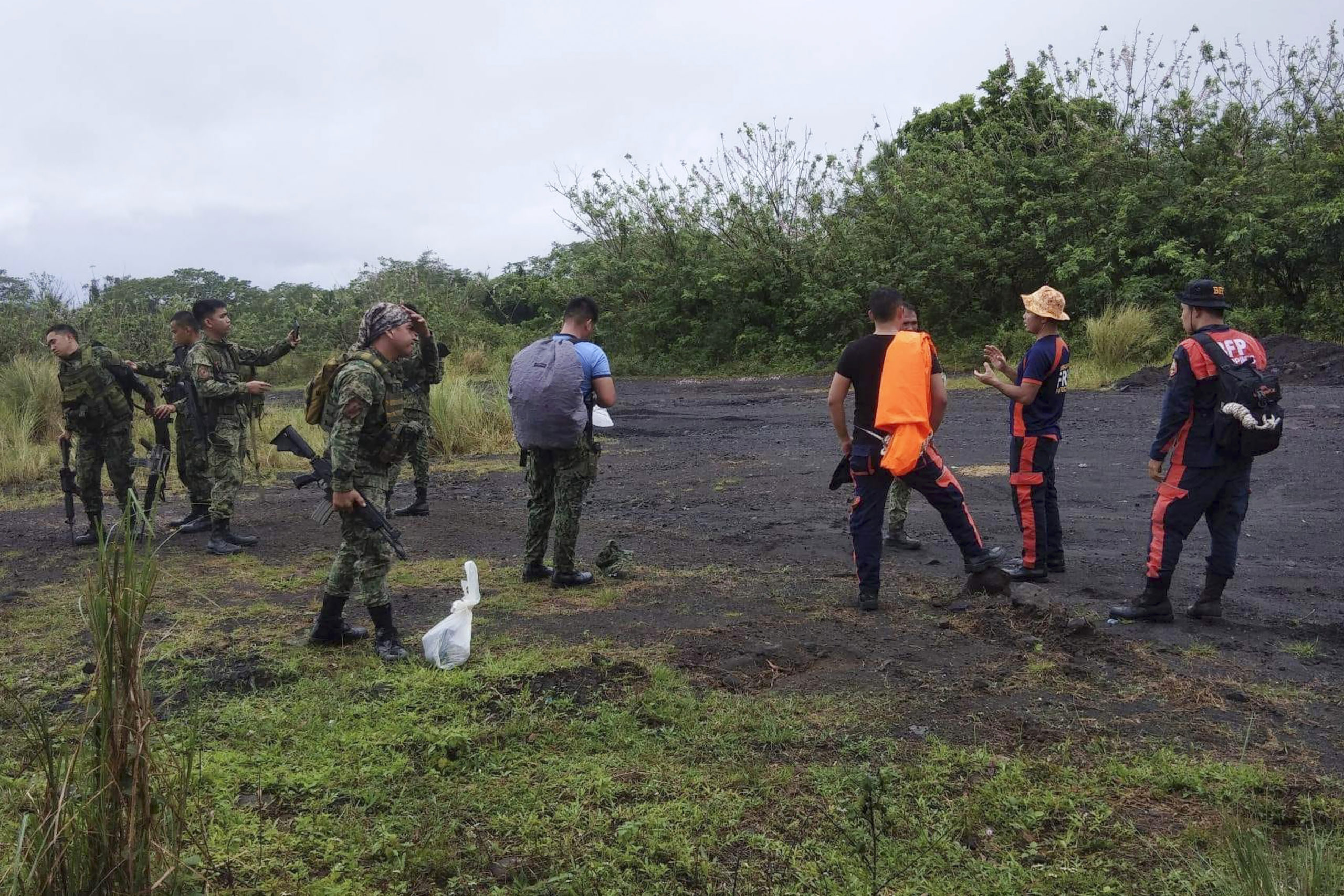NAV CEO Hans Christian Holte told Digi that the budgeting system is under pressure. He tells how his own IT development department works flexibly and faces challenges when it comes to accountability.
He is not alone.
Flexible development and projects that will create user effects across businesses and sectors challenge budgeting and reporting processes in the public sector. This applies to everyone, not just NAV.
If we want to make the most of taxpayers’ money and meet users as one digital public sector, it is no longer enough to simply distribute funds to individual businesses alone. We have to look up from our own navel.
The public sector must to a greater extent have common goals and solve more together. Ministries must give missions that require cooperation between companies, sectors and levels of administration. Today, we are largely at the mercy of companies that initiate such collaborative measures themselves.
Fortunately, there are several good examples, such as NAV. It is good and important. But: without stronger intensives, we will not reach the finish line.
Mechanisms must respond to the need for cooperation
Skate, the strategic collaborative organization for digitalization in the state, recommends that we use the Opportunity Space in the current management system. These are common budget lines, objectives and results for investments – and coordinated award letters. Departments can also use framework funding and set actual effect requirements for users, not activity requirements. This, as Holte rightly points out, will align more with enterprise agile development activities.
Having met with and advised more than 70 public company executives over the past few years, the Digitization Council is also learning that the shift to agile product development is challenging current funding models.
The Experience Report emphasizes that public sector renewal will require continuous development and collaboration at all levels, and the development is positive. But there is a but: we need funding and
management mechanisms that support the need for collaboration.
Risks of more expensive digitization
There is a political will and an expectation for public services to be developed for and with the user. We know it creates better services for everyone, more efficient management and reduces digital alienation. This forces us to involve users more closely in the development of services.
Processes must be flexible enough to keep up with technological developments and changing user needs. Today’s budget processes are, as Holte rightly points out, often based on the waterfall method.
The initial process of obtaining funding for the initiative can take several years. If we do not embrace greater flexibility in budgetary and management processes, as during the pandemic, I contend that the public sector will spend more money than necessary on digitization – and at the same time provide services of less quality to users.
Proven work
The pandemic has shown that flexibility and collaboration produce results and that it is possible to work flexibly and cross-functionally – while meeting management and reporting requirements.
During the pandemic, we have delivered socially critical solutions at record speed – working together in prestigious ways, sharing resources and using our common resources – our common digital ecosystem.
Never have budgetary processes or cross-functional cooperation been so flexible as during the pandemic and for Ukrainian refugees.
You have to dare to challenge
If we put in place binding target images and comprehensive digitization plans in all departments, we will solve the budget management and control needs. If ministries require subordinate agencies to cooperate in a user-oriented manner, cooperation between qualified people will flourish.
The pandemic has shown that the public sector can and will work together – and that we deliver fast and well if common goals and framework conditions are in place. Let us make it possible to use the power that resides in the innovative and qualified technological environments of the public sector.
Then, we must also dare to question our way of financing and managing.
Perhaps this is the essence of trust reform?

“Music practitioner. Passionate bacon fanatic. Reader. Food enthusiast. Alcohol nerd. Gamer. Twitter maven.”







